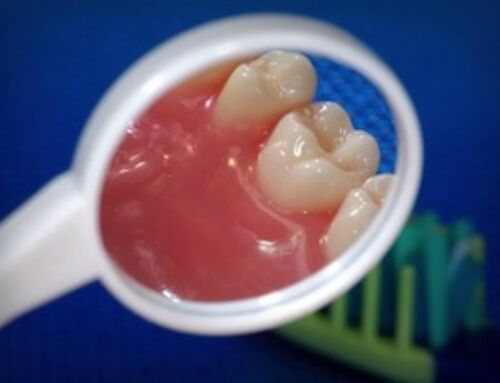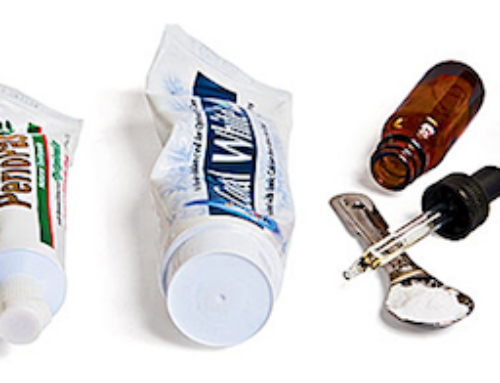 A bone graft in dentistry is the process by which a dentist applies material inside your mouth to regenerate (or re-grow) new bone. The bone graft is inserted underneath the oral mucosa (gum tissues).
A bone graft in dentistry is the process by which a dentist applies material inside your mouth to regenerate (or re-grow) new bone. The bone graft is inserted underneath the oral mucosa (gum tissues).
You cannot see the bone graft with your eyes. Bone grafting is accomplished with precision and knowledge of the basic sciences.
It takes a great understanding of how oral epithelium heals, connective tissues heal and bone heals. The dentist devotes many classroom hours towards this understanding so that mastery of the basics can occur.
The bone graft can be accomplished with or without the use of a scalpel and stitches (sutures). More extensive cases may require the gum tissues (epithelium and connective tissues) to be incised (cut open) to reflect the gum tissues to for seeing the area clearly. This process is called reflecting a full thickness periosteal flap.
What are the reasons for needing a bone graft for dental implants?
- Previously extracted teeth (or tooth)
- Missing teeth (or tooth)
- Periodontal disease
- Gum disease
- Extensive caries (cavities)
- Acid damage
- Poor fitting dentures cause bone loss
- Bone infections
- Bone defects
- Weaker bone density
- Cracked teeth (fractured teeth)
- Existing bone is too thin
- Existing bone is too short
- Medical conditions
When bone grafting occurs, researchers have shown that the bone density increases significantly. Some bone grafting materials heal at the expense of fat cells. When there are less fats cells there are more vital (alive) bone cells. When the bone density increases, the bone is of greater strength for the support of dental implants. The greater support for dental implants, the greater the support for your new teeth.
Bone grafting for dental implants is logical.
Bone grafting is for dental implants predictable.
Bone grafting is for dental implants healthy.
Bone grafting for dental implants has materials that come in a loose particle form, gel or putty form, a spongy form, or a block form. A future article will discuss the various types of bone grafts and materials.
If you or someone you know needs bone or was told they could not have dental implants, there is hope. There is frequently more than one way to achieve the primary goal – to have great looking teeth that function well and are durable.
Follow-up after dental implant bone grafting
Also, realize that consistent follow-up with the dentist who performed the surgical and prosthetic work, increases the chance of success. Neglect can lead to premature and unnecessary failure. When a patient misses follow-up visits, and refuses to follow the healthy recommendations for oral health, disease and failure can ensue. Inflammation in the mouth can damage and destroy healthy bone. So, let’s be focused on healthy, reasonable actions towards success so that your bone grafting procedures endure for as long as practical.
Bone grafting for success can lead to better dental implant outcomes. Bone grafting increases your bone density. Bone grafting can be accomplished in as little as one step, within minimal down time. Modern bone grafting techniques have provided us with the ability to help more people suffering with missing teeth, dental pain, poor fitting dentures, and failed fixed bridges. More people are smiling today because of improved procedures such as bone grafting for dental implants.
For any questions about bone grafting for dental implants, feel free to ask!
Be well,
Dr. Joe Kravitz, DDS, MS
Prosthodontist, Author and Speaker




